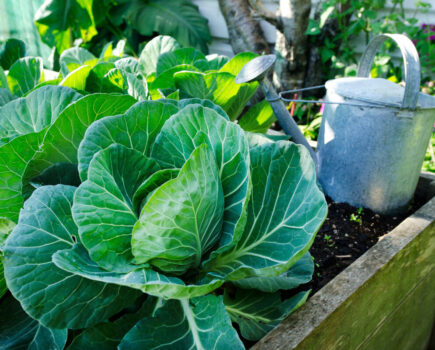Usually we grow climbers up a wall or trellis, but how about trying to thread them through shrubs? It can make for a stunning partnership, says Graham Rice
Many shrubs and trees, when their main season is over, are less than appealing. In particular, this applies to the summer look of winter- and spring-flowering forsythias, viburnums, rhododendrons, crab apples and flowering cherries. In summer they’re dull.
The answer is to allow a climber such as a clematis or potato vine or sweet pea to scramble into them, a climber that flowers at a time when the host contributes nothing.
The other approach is to choose a climber that flowers when the host is also flowering, to create one attractive plant association in one place using two different plants. Spring clematis look good in a spring ceanothus, or summer clematis in an English rose. White or pale-pink perennial sweet pea, Lathyrus latifolius, in a climbing rose also works well.
I especially like annuals climbing through shrubs. Sweet peas, morning glories, canary vine, and even that uncommon biennial relative of Dicentra, Adlumia fungosa, all have great impact then fade away so you can try something else the following year.
Of course, it’s important to choose the right climber for the right host: be guided by our list of ‘Basic rules’.
BASIC RULES
1 Match the vigour of the climber to the size of the host
2 Make a good-sized and well-prepared planting hole alongside the host plant
3 The roots of newly planted climbers often struggle to compete with the roots of the shrub so be prepared with extra water and liquid feed
4 Plant the climber on the shady side of the shrub or tree so that its shoots grow through and over the host and towards the sun
5 Guide the climber in the right direction, and perhaps tie it in, at first
TOP COMBINATIONS
Rosa ‘Blush Noisette’ with Clematis ‘Margot Koster’
Forsythia and Ipomoea
Find more tips, advice and articles like this at the Amateur Gardening website. Subscribe to Amateur Gardening magazine now





